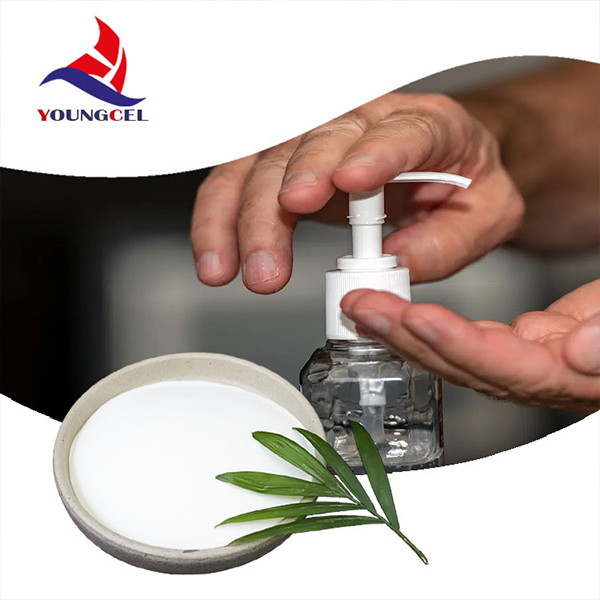Understanding HPMC Grade Significance and Applications
Hydroxypropyl Methylcellulose (HPMC) is a non-ionic cellulose ether, extensively utilized in various industrial applications due to its unique properties. The grade of HPMC plays a crucial role in determining its functionality across different industries, including pharmaceuticals, food, construction, and cosmetics. In this article, we will explore the significance of HPMC grades, their characteristics, and their applications.
Understanding HPMC Grade Significance and Applications
In the pharmaceutical industry, HPMC is widely used as a matrix-forming agent in tablet formulations. Different grades of HPMC can result in varying release profiles for active pharmaceutical ingredients (APIs). For immediate-release formulations, a lower viscosity HPMC grade may be preferred, allowing for quick disintegration and dissolution. Conversely, in sustained-release formulations, high-viscosity grades are utilized to ensure a controlled release of APIs over an extended period. This versatility makes HPMC a vital ingredient in the development of effective and reliable medicinal products.
hpmc grade

The food industry also benefits significantly from various HPMC grades. Its ability to form gels and stabilize emulsions is particularly advantageous in food processing. HPMC is often employed as a food thickener, stabilizer, and emulsifier in products such as ice cream, sauces, and baked goods. The unique properties of HPMC allow for improved texture, mouthfeel, and shelf life of food products. Furthermore, HPMC is non-toxic and acceptable for use in food applications, making it a preferred choice for manufacturers.
In the construction sector, HPMC is utilized as a vital additive in cement-based products. It enhances the workability, adhesion, and water retention of mortar, tile adhesives, and plaster. The specific grade of HPMC chosen can significantly influence the performance characteristics of construction materials. High-viscosity grades improve the paste-like properties of mixtures, while lower viscosity grades can facilitate easier application and leveling. This adaptability makes HPMC a crucial component in modern construction techniques.
In cosmetic formulations, HPMC serves as a thickener, stabilizer, and film-forming agent. Its ability to provide a smooth texture and enhance the feel of products has led to its widespread use in creams, lotions, and gels. The choice of HPMC grade is essential in determining the product's application properties, such as spreadability and viscosity, which directly impacts consumer experience. Moreover, HPMC is recognized for its biocompatibility, making it suitable for sensitive skin formulations.
In summary, HPMC grades are essential not only for ensuring optimal performance in various applications but also for meeting regulatory and consumer demands. The distinct properties dictated by the degree of substitution and viscosity make HPMC a versatile ingredient across multiple industries. Understanding HPMC grades allows manufacturers to innovate and improve their products, ensuring efficacy and quality in uses that range from pharmaceuticals to food, construction, and cosmetics. As industries continue to evolve, the significance of HPMC and its various grades will undoubtedly play a pivotal role in advancing product formulations and technologies.
-
Rdp Powder: Key Considerations for Wholesalers in the Building Materials IndustryNewsJul.08,2025
-
Key Considerations for Wholesalers: Navigating the World of Hpmc - Based ProductsNewsJul.08,2025
-
Hpmc Detergent: Key Considerations for WholesalersNewsJul.08,2025
-
Key Considerations for Wholesalers: China Hpmc For Tile Adhesive, Coating Additives, Concrete Additives, and MoreNewsJul.08,2025
-
Crucial Considerations for Wholesalers: Navigating the World of Construction MaterialsNewsJul.08,2025
-
Key Considerations for Wholesalers Sourcing Additive For Cement, Additive For Concrete, Additive For Putty from Additive Manufacturer Shijiazhuang Gaocheng District Yongfeng Cellulose Co., Ltd.NewsJul.08,2025




